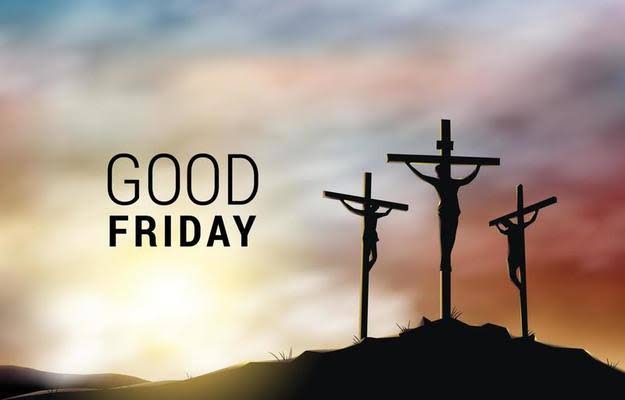Nagpur: Despite its solemn and somber nature, Good Friday is referred to as “Good” not for celebratory reasons, but due to its deep historical and religious significance. The term “good,” dating back to the 1200s, originally meant “holy” or “pious”—much like how the Bible is referred to as the “Good Book.” This day marks the crucifixion and death of Jesus Christ, a cornerstone event in Christianity that leads to the celebration of His resurrection on Easter Sunday.
The term “Good Friday” emerged in the English language before the year 1300 and has theological roots rather than linguistic ones. While some theories suggest it evolved from “God’s Friday” (Gottes Freitag), linguists largely dismiss this, noting a lack of etymological evidence. Instead, many other languages refer to it as “Holy Friday” or “Sorrowful Friday,” emphasizing the day’s gravity and spiritual reverence.
Interestingly, in medieval times, the day was also known as “Long Friday” due to the prolonged fasting and prayer observed by the faithful. The term “good” in this context evolved to mean spiritually sacred, rather than joyful.
Observed Differently, Revered Universally
Good Friday is marked with unique rituals and expressions across various Christian denominations, each reflecting different theological interpretations.
Roman Catholic Tradition:
The day is observed with fasting, abstinence, and intense solemnity. No Eucharist is celebrated. Instead, the Mass of the Pre-Sanctified is held, focusing on Christ’s Passion. The faithful engage in the Stations of the Cross—14 meditative steps commemorating Jesus’ path to crucifixion. Churches are stripped of decorations, and the cross is venerated in silence and devotion.
Lutheran Tradition:
Considered one of the most significant days in the Lutheran calendar, Good Friday is commemorated with Tenebrae services—candle-lit reflections on Jesus’ final words. Many abstain from the Eucharist and observe fasting, treating the day as part of the sacred “Three Days” leading up to Easter.
Anglican Tradition:
In Anglican churches, the “Black Fast” is commonly observed, and services often focus on the Seven Last Words of Christ. The altar and cross are veiled in black, and traditional liturgies such as Matins and Evensong are conducted. Some churches continue the ancient custom of “Creeping to the Cross,” where congregants approach the cross in silence for veneration.
Methodist Tradition:
Methodists typically fast and participate in the “Three Hours Devotion,” a service from noon to 3 p.m. reflecting on Christ’s final sayings. Churches are draped in black, symbolizing mourning and reverence.
👉 Click here to read the latest Gujarat news on TheLiveAhmedabad.com




